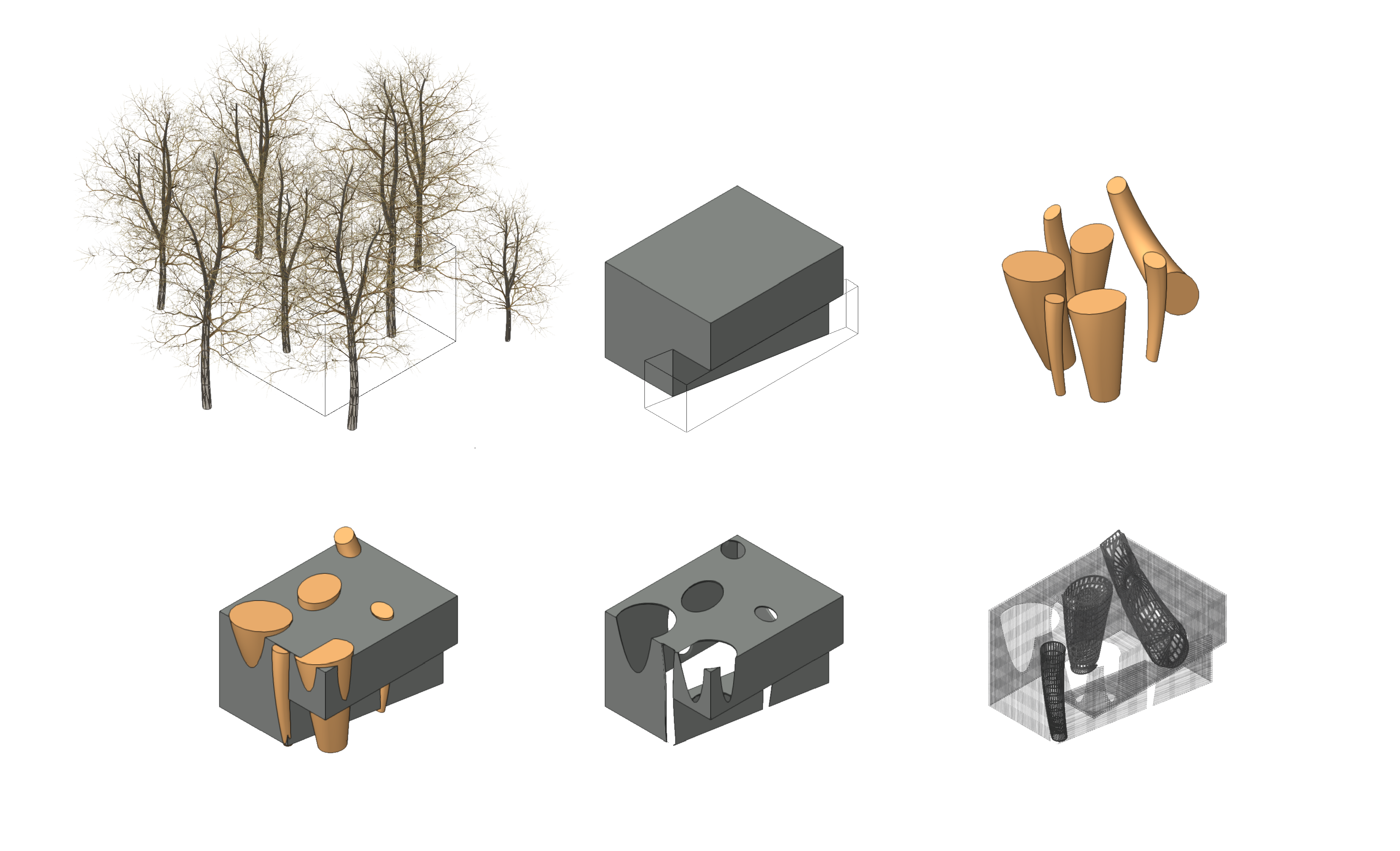Digitally Crafting a Box of Trees: Squam Lake House Case Study
Learning Objectives:
- Describe the role of digital modeling and digital fabrication in creating complex geometry to achieve improved daylighting, ventilation, and a connection to the outdoors in the Squam Lake House case study.
- Describe the process of achieving Passive House Certification using panelized prefabrication techniques to improve energy efficiency and indoor air quality.
- Analyze the roll of BIM (Building Information Modeling) in integrating Passive House Institute (PHI) energy standards.
- Summarize the utility of scripted algorithms as an iterative design tool.
Credits:
This course is approved as a Structured Course
This course can be self-reported to the AANB, as per their CE Guidelines
Approved for structured learning
Approved for Core Learning
This course can be self-reported to the NLAA
Course may qualify for Learning Hours with NWTAA
Course eligible for OAA Learning Hours
This course is approved as a core course
This course can be self-reported for Learning Units to the Architectural Institute of British Columbia
Alchemy’s Squam Lake house is a practical case study in selecting and using digital modeling tools to design complex geometries, communicating intent, and achieving their practical execution.
The house is metaphorically a box of trees. With an interior entirely of oak, it embraces the spirit of the densely-wooded site. The metaphoric trees bring in light and define spaces, circulation, storage, and a separate boathouse. The house was digitally modeled using BIM software, allowing the house’s envelope and tree forms to be CNC-fabricated. During this course, the BIM and algorithms-aided modeling process will be discussed, as well as the transfer and communication of this information to fabricators.
This session will also address the use of panelized construction as a sustainable construction approach, and the roll of BIM in communicating with the design and build team to meet Passive House Institute standards.

Photo courtesy of Alchemy Architects

|
Geoffrey Warner, FAIA, is the founder and principal architect of Alchemy, and has made a career of embracing Big Thinking for Small Projects. A product of the Midwest, Geoffrey embraces the farmer’s practical, hands-on sensibility, combining it with an admiration for the poetics of the industrial and agrarian landscape. His weeHouse® and related explorations leverage design systems and prefabrication with an emphasis on craft, restraint, efficiency, and a celebratory use of resources. Alchemy’s uniquely integrated process—developed through years of experience and experimentation with manufacturers—embraces balanced aesthetics; practical production; and efficient cost, materials, and energy use. Looking to the future of architectural practice, Alchemy paves a way for others that is both achievable and sustainable. |

|
Eric Winter, AIA, is a graduate of the University of Minnesota’s Masters of Architecture program. He is a registered architect in the state of Minnesota. His passion for collaboration comes from his background in nonprofit, educational, and religious architectural design. He brings strong digital modeling and 3D representation skills to Alchemy’s design process. He is a leader in Alchemy’s project management and communication. |
 |
Vectorworks, Inc. is an award-winning design and BIM software provider serving the architecture, landscape architecture and entertainment industries in 85 countries. Creating intuitive software since 1985, we’ve become the preeminent software built to manage the entire design process. Globally more than 685,000 users are creating, connecting and influencing the next generation of design with Vectorworks on Mac and Windows. Headquartered in Columbia, Maryland, with offices in Newbury and London, England and Vancouver, Canada, Vectorworks is a part of the Nemetschek Group. Learn how we empower designers to create experiences that transform the world at vectorworks.net or follow @Vectorworks. |













